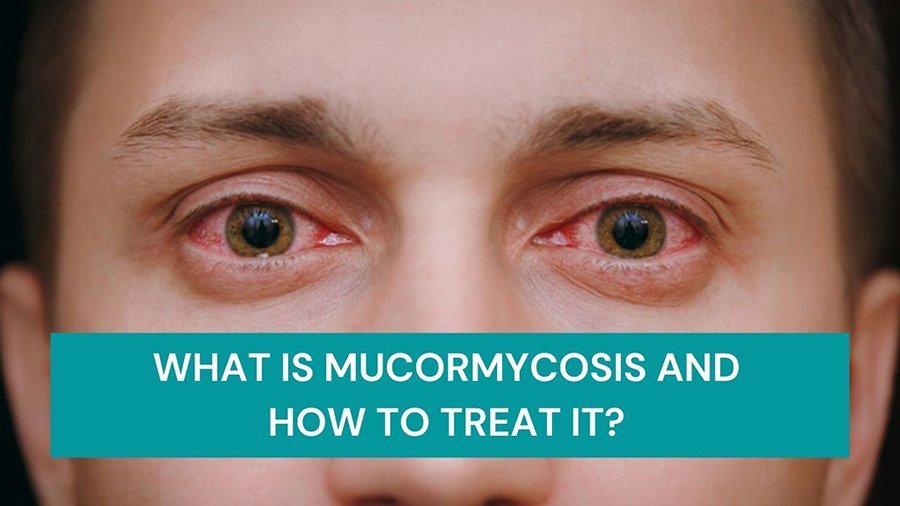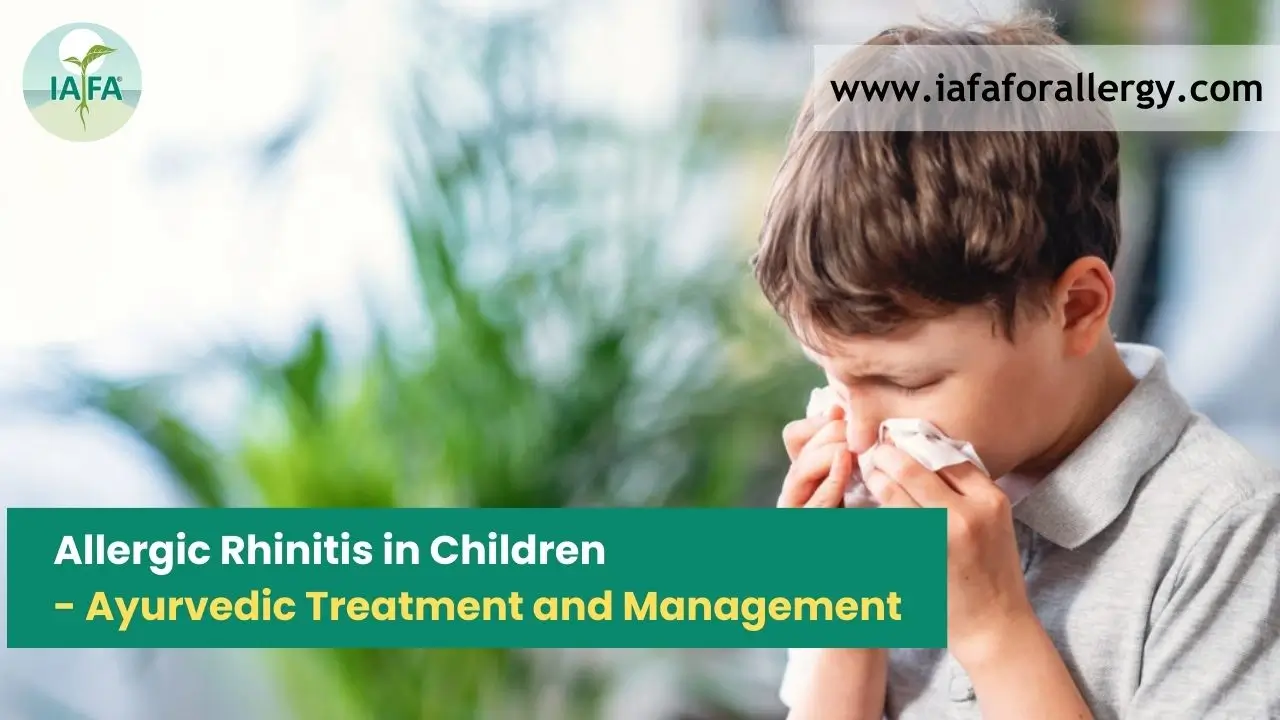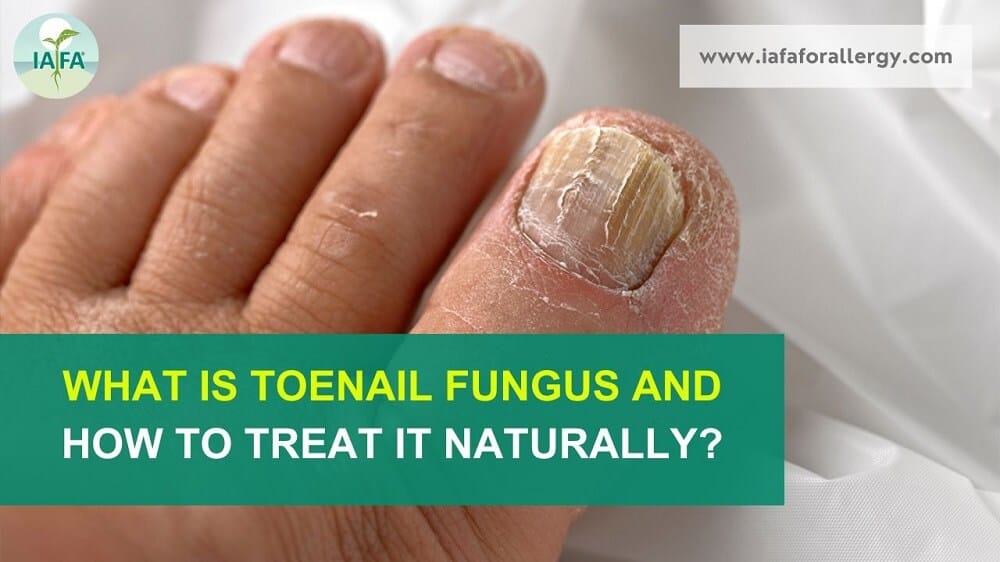States across India have begun declaring mucormycosis epidemic as cases of this fatal rare infection is commonly seen in patients who are recovering from COVID-19. There is a relation between COVID-19 and Mucormycosis.
Mucormycosis is an uncommon fungal infection. India had the highest reported cases of Mucormycosis in the world ever before coronavirus disease. While physicians would see a diabetic patient with Mucormycosis once in two months, but the covid outbreak changed this scenario. Mucormycosis in COVID-19 is commonly seen.
What is Mucormycosis?
Mucormycosis is a very rare infection which is not considered a disease but has become an epidemic. It is caused by exposure of the person to mucor mould commonly found in soil, plants, decaying fruits, manure and vegetables. It is commonly known as Black Fungal Infection and it is often characterized by hyphae growing in and around blood vessels and can be potentially life threatening.
It affects the sinuses, the lungs and the brain can be life-threatening in diabetic and severely immunocompromised individuals such as patients of HIV/AIDS and cancer patients. The fungus can also affect other areas of the body such as gastrointestinal tract, skin and other organ systems.
It can be triggered by the use of steroids, a life-saving treatment for severe and critically ill COVID-19 patients.
The role of steroids in COVID-19 patients is to reduce inflammation in the lungs patients but they also reduce immunity and push up blood sugar levels in both diabetic and non-diabetic COVID-19 patients. This drop in immunity could be triggering the cases of Mucormycosis.
Coronavirus disease lowers the body’s immune defences and diabetes further aggravates it and steroids which help in fighting COVID-19 adds fuel to the fire.
The infection due to Mucormycosis has also been reported in COVID patients who were on ventilators in ICU, due to the airways being exposed to humidity and moisture.
Medical professionals are surprised by the severity and the frequency of this fungal infection during the second wave.
Mucormycosis is a disease caused by fungi that belong to Mucorales family. Rhizopus oryzae is the member of this family which is most often responsible for causing infections in humans. These fungi have a black-brown fuzzy appearance during studies in the laboratory.
There are three ways by which it can spread in humans. These are:
- By inhalation of spores.
- By swallowing spores in food or medicines.
- When spores contaminate wounds.
What are the Symptoms of Mucormycosis?
Mucormycosis or black fungus affects patients initially in the nose but the fungus can spread into the brain. It may even cause distinct facial deformities as well.
Patients suffering from the fungal infection typically have the following symptoms:
- Stuffy and bleeding nose
- Drooping of eyelids
- Swelling and pain in the eye
- Blurred and loss of vision
- Dark spots can also be seen around the nose
- Local pain on the cheekbone, one sided facial pain and numbness
- Loosening of teeth and jaw involvement
- Thrombosis
- Necrotic skin lesion
- Chest pain, pleural effusion and worsening of respiratory symptoms.
Mucormycosis in COVID-19
A recent summary of COVID-19 and Mucormycosis showed that majority of COVID infected patients were diabetic who got Mucormycosis. This is because when the lungs of patients infected with COVID-19 patients are damaged, the immune system is also suppressed, the spores of fungi can grow in the airways or sinuses and invade the body tissues as well.
When blood sugar is poorly controlled in diabetic patients, the tissues become relatively acidic which is considered as a good environment for the fungi to grow. It has been seen that patients with diabetes and obesity tend to develop more severe COVID-19 infections. Coronavirus damages the airway tissue and blood vessels, which could further increase the susceptibility to mucormycosis.
In addition to the patients affected with coronavirus disease, the patients who are taking medicines to suppress the immune system are also at the risk of developing mucormycosis.
How to Prevent Mucormycosis?
Prevention is extremely crucial. A person affected with mucormycosis may need early diagnosis.
You can use IAFA Nasal All Clear Spray, IAFA Nasal Air, and IAFA Nasal All Clear X Drops to prevent Mucormycosis. For more information, you can consult our health experts online.








